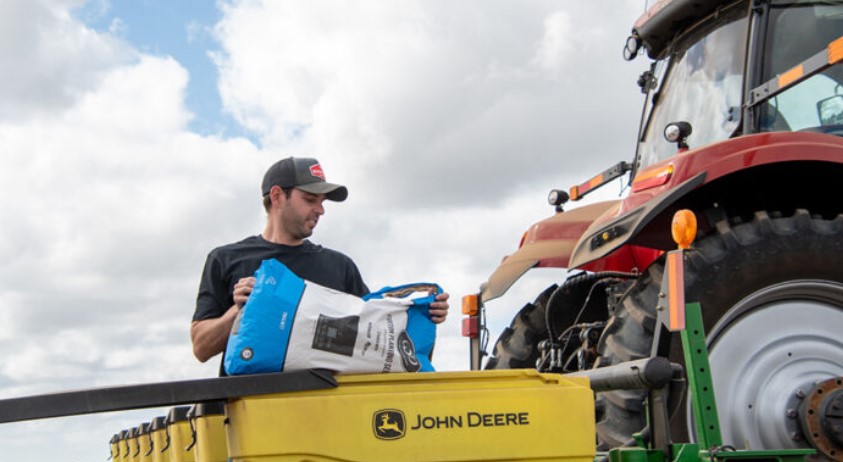
UPDATE: Planting has officially commenced across Australia’s cotton-growing regions, with reports indicating a potentially record-breaking yield for the 2025/26 season. As of today, many crops are already sprouting in warmer climates, while growers in southern areas eagerly await optimal weather conditions to kick off their planting activities.
Cotton Australia General Manager Michael Murray confirmed that Australia’s 1,500 cotton growers—90% of whom are family farmers—are anticipating the production of over 4.0 million bales or approximately 910,000 tonnes of premium cotton fiber. This significant output is projected to inject over $2.7 billion into the national economy, benefiting around 249 communities directly linked to cotton farming.
October is a pivotal month for planting, with growers across New South Wales and Queensland leading the charge. The cotton footprint is expanding, with some regions in the Northern Territory and Western Australia also engaged in planting efforts. While many growers remain optimistic about crop conditions, the availability of water continues to pose challenges, particularly in areas like the Central Highlands of Queensland, which currently has no new allocations.
Despite these challenges, early reports indicate promising soil moisture levels and warm ground temperatures, crucial for healthy crop growth. For instance, local grower Ross Burnett from Emerald is cautiously optimistic, balancing the risks of limited water availability with hopes for timely rainfall. “If we get enough rain by November/December, things can turn around quickly,” he stated.
The global cotton market remains stable, with Australian cotton’s demand expected to stay robust due to the country’s proximity to major buyers and the high quality of its fiber. While cotton prices have fluctuated—reaching as high as $1,000 per bale—current trends suggest an average price around $550 per bale, with projections hinting at a possible increase to $600 per bale in the coming year.
Recent data from Cotton Compass reveals that in July, 26% of exported bales went to China, 19% to India, followed by significant shares to Vietnam, Bangladesh, and Indonesia. The ongoing strength of demand provides a silver lining for growers facing variable weather conditions.
In the Central Highlands, where planting began in early August, some growers have already initiated irrigation. Despite the maximum water allocation being set at zero for the year, approximately 14,000 hectares of irrigated cotton is still expected, thanks to carry-over water from the previous season.
In the Dawson and Callide Valleys, planting is progressing well, with expectations to plant around 8,500 hectares of irrigated cotton. Meanwhile, the Darling Downs is gearing up for a significant planting window from October to November, anticipating approximately 36,000 hectares of irrigated and 12,000 hectares of dryland crops.
As we move further into the season, cotton growers across various regions—including the Macquarie Valley and Northern NSW—are adapting to changing conditions. For example, in the Macquarie Valley, where nearly 25,000 hectares are expected to be planted, growers are preparing for a busy couple of weeks ahead.
In the face of these developments, farmers remain focused on capturing every available water resource to maximize yields. The strong community ties among the cotton growers will be crucial as they navigate this season’s challenges and opportunities.
As planting continues, all eyes will be on the weather forecasts and water allocations, with hopes riding high for a fruitful cotton season ahead. Stay tuned for further updates as this story develops.






